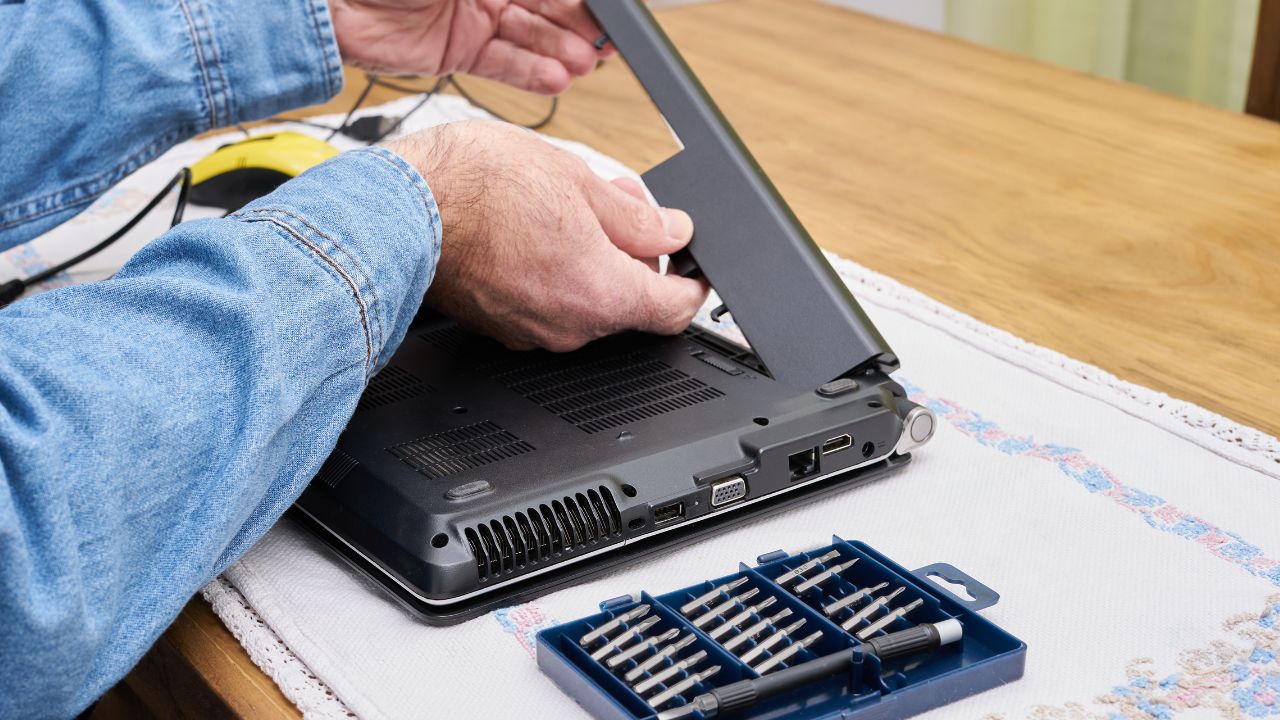Battery replacement in laptops is generally a simple process. However, a few things must be considered before the final replacement. Pre-checkups are important to avert complications and prolong the durability of the new battery you bought.
This article talks about a” must-do” checklist on what to do before your laptop battery is due for replacement. And not to forget! Always reach out to a reliable vendor like batterypro.jp for a great product, or this checklist below won’t even work if your battery is substandard.
Things to Do Before Replacing Your Battery
1. Check Your Warranty Status
The best thing to go for before your replacement is cross-checking if your laptop’s battery still falls under the warranty provided by the manufacturer, If it is still in warranty, initiate a negotiation with the vendor about the product’s warranty. Most manufacturers cover batteries both under their standard warranty or offer a warranty as a separate service. It is therefore advisable to contact customer support first. If your laptop is not still under warranty, there’s no choice except replacement.
2. Identify the Correct Battery
Laptop batteries differ, and the right one that suits the laptop model should be determined. You can get the model number either from the current battery or by referring to the laptop’s user manual. Type your laptop model number on the manufacturer’s site to search for the batteries that suit your laptop. In another case, using an incompatible battery might cause more harm to your laptop or may result in decreased performance.
3. Backup Your Data
Better be safe than sorry. To be safe, it is always advisable to start with a backup of your data before you make any changes to your laptop, such as replacing the battery. Ideally, swapping the battery should not impact your data negatively, yet due to power surges, there is always a chance of losing the stored data. It is recommended to use an external hard drive or an online storage service to store your important files or data.
4. Shut Down and Disconnect the Laptop
Make sure your laptop is totally switched off, or in other words, it’s not in hibernation mode. Don’t just turn it off or put it to sleep or hibernate. Instead, cut off the power completely by shutting it down. Once the laptop is turned off, remove the AC adapter. This step is mandatory to ensure your laptop’s safety as it protects the complicated parts of the laptop from internal damage.
5. Discharge Static Electricity
Static electricity is harmful to your laptop’s micro components. The battery needs to be placed in an electrostatic discharge-free environment before handling it. This can be done by touching something that is earthed, like a table made of metal or a faucet, among others. Another useful accessory is an anti-static wrist strap, which can be worn to help reduce and/or eliminate static electricity.
6. Gather the Necessary Tools
Most laptop batteries are fairly easy to change and only need basic tools; however, it is suggested that you have as many tools as possible. It is usually enough to use a small screwdriver because most of the laptops have screws in the battery compartment. Some models of laptops have a back panel that can be removed, and, in this case, you will require a plasticMoo prying tool in order not to damage the case.
7. Read the Laptop’s Manual
Since every model of the laptop is unique, it is advisable to read its user manual before entheogens with the battle beginning. The manual will give details on how to remove the battery, as well as any other precautions for your laptop model. In case you don’t have the manual’s hard copy, visit the manufacturer’s website and download it in soft form.
8. Carefully Dispose of the Old Battery
When replacing the battery, one should be very careful. Extra care must be taken as the chances of damaging the sensitive parts such as connectors are higher. If the battery is fixed by screws, remove them gently. There are many batteries with clips or tabs that have to be disconnected before the batteries are taken out. Do not rush and, as always, read your laptop’s manual to see how the battery should be charged.
9. Install the New Battery
You are now all ready to connect the new battery. Insert the battery in such a manner that it fits perfectly over the connectors, and then fix it properly. This is to ensure that if there are screws, clips, or tabs, they are as strongly fixed as possible. Once the new battery is inserted, tighten any screws or panels that you’ve already removed for that final fixation.
10. Optimize the Battery
To optimize the battery capacity, charging and testing the new battery should be taken into consideration.
Connect your laptop to the source and allow the battery to recharge fully. This is a prerequisite step before putting the laptop to work. Boot your laptop and visit your BIOS Battery gauge to verify if the battery is recognized and functional when fully charged.
Conclusion
Replacing your damaged battery is not complicated. However, you still have to learn about a few important steps before replacing it. These are various steps like confirming the product’s warranty, data back up, and many others, already listed above.
Never compromise on your battery’s health by eliminating any of these steps, as all these together help you keep your data, battery, and laptop safe.


